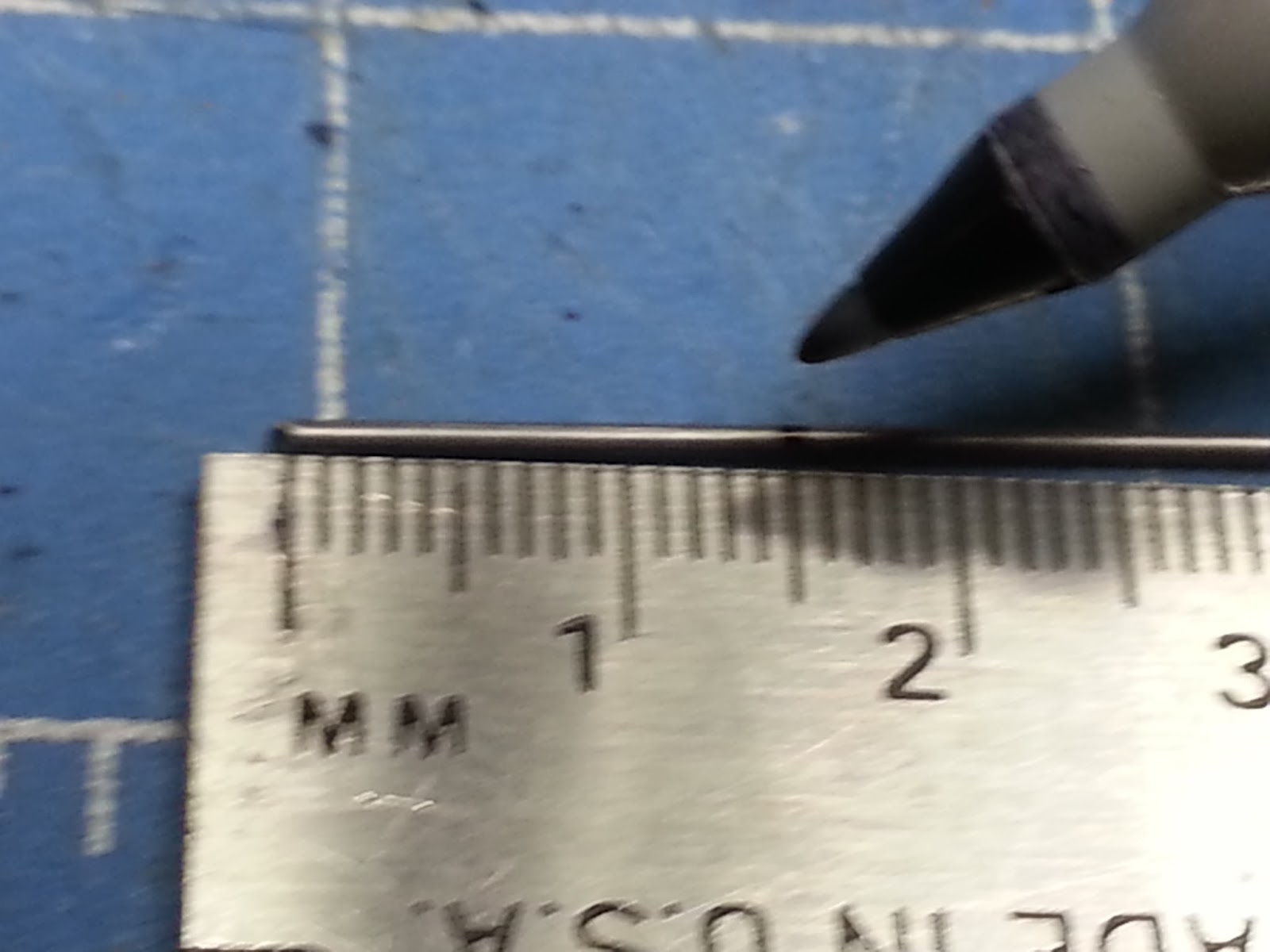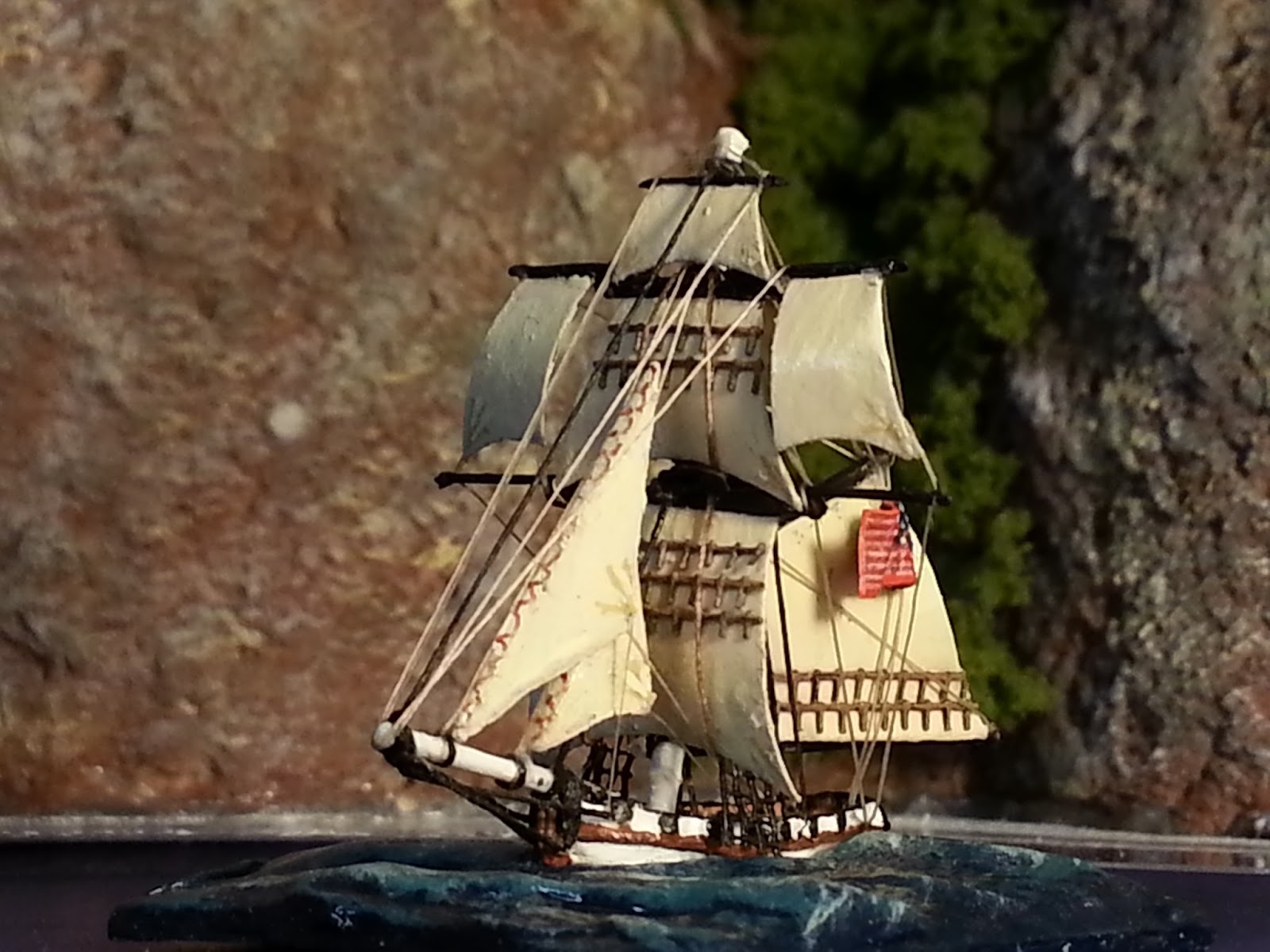I finished another small vessel a few days ago. This one is GHQ's 10 gun Baltimore Clipper. I don't know what size guns or much of anything about these vessels. This is what Wiki says:
Baltimore Clipper is the colloquial name for fast sailing ships built on the mid-Atlantic seaboard of the Unites States of America, especially at the port of Baltimore, Maryland. The name is most commonly applied to two-masted schooners and brigantines.
Baltimore clippers were first built as small, fast sailing vessels for trade around the coastlines of the United States and the Caribbean Islands. Their hull-lines tended to be very sharp, with a "V"-shaped cross-section below the waterline and strongly raked stem, stern posts, and masts. The origins of the type are unknown but certainly hulls conforming to the concept were being built in Jamaica and Bermuda (the hull of the Bermuda sloop, designed for the open ocean, was broader than the Jamaican and deeper than the American or Iroquois) by the late 17th century and by the late 18th century were popular both in Britain and the United States.
They were especially suited to moving low-density, high value perishable cargoes such as slaves, and in that trade operated as far afield as the west coast of Africa. Similar vessels were built as privateers during theWar of Independance and the War of 1812, and as pilot boats. The famous yacht America, derived from the lines of a New York pilot boat, was conceptually not far removed from the Baltimore clipper. Many such vessels went to Australia during the Australia gold rush, or after being seized as slavers and sold.
One particularly famous Baltimore Clipper, and one of the last of the type in commercial service, was the schooner Vigilant that traded around the Danish Caribbean islands for over a century before sinking in a hurricane on September 12, 1928. She was believed to have been built in the 1790s.
A modern replica of an early 19th-century Baltimore Clipper was the ill-fated Pride of Baltimore and her replacement Pride of Baltimore II.
 |
| An original Baltimore Clipper. These were used as privateers during the War of 1812. |
I bought this kit second hand and it was missing the fore top and fore t'gallant sails. I used a small Navwar spritsail that was about the right size for the fore top sail. I probably should have just made these sails but I was in a bit of a hurry at the time.




































































